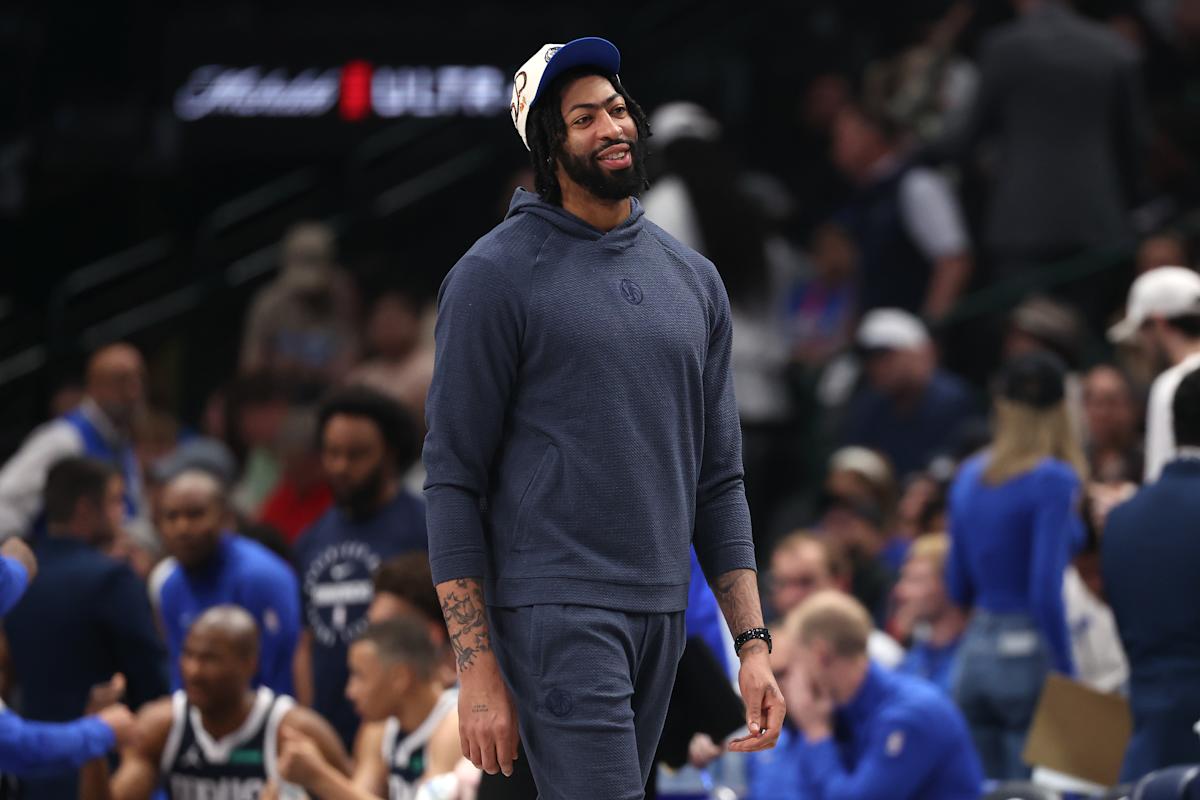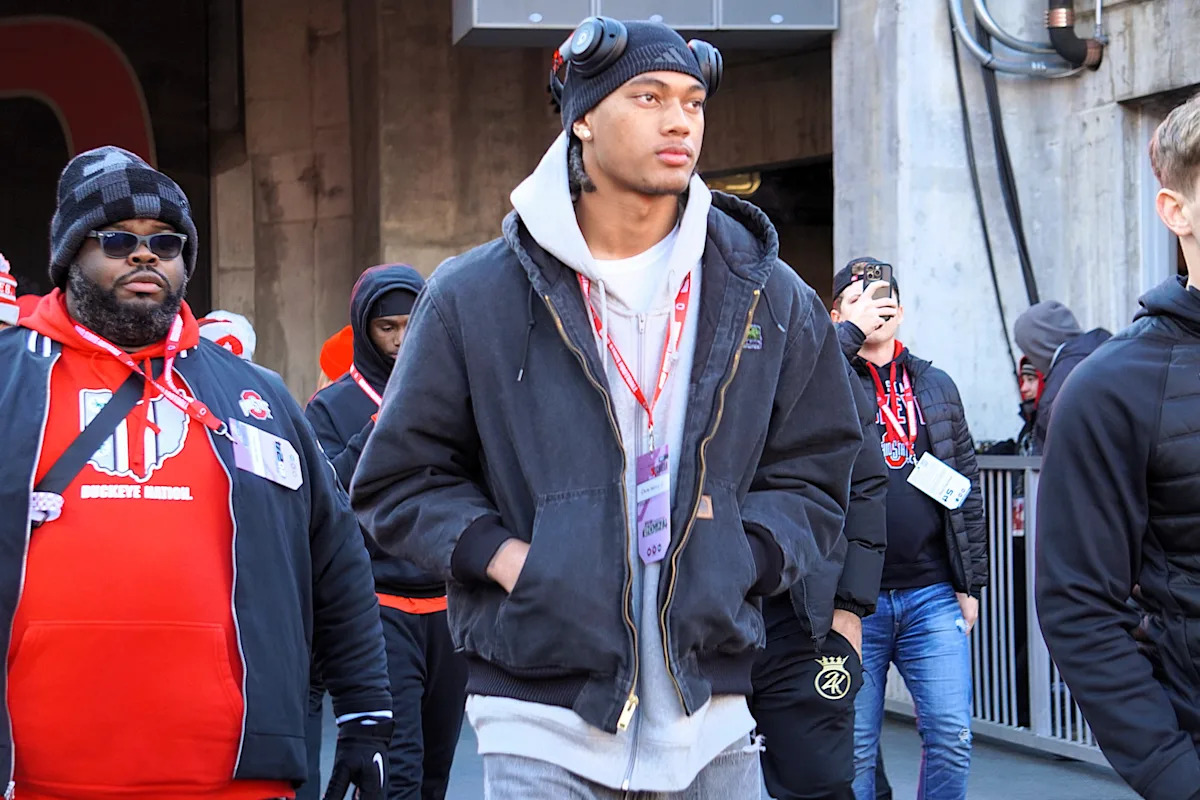The UEFA Champions League has never been just a football sport, but a global entertainment event that has revolutionised sports broadcasting. This time around, as UEFA prepares for the 2027-2031 rights cycle, the competition will again transform the global media landscape. As streaming platforms compete with traditional broadcasters and new business structures become increasingly a reality, the future of Champions League coverage will be as transformative as the tournament itself.
In the same way digital innovation has revolutionised the fans’ experience of entertainment, whether it be esports, streaming, or even a fast withdrawal live casino experience, the world’s leading football tournament is reevaluating its distribution to mirror current consumer behaviour. The Byword of accessibility, personalisation, and global reach is found in the plan of UEFA, which ensures that the Champions League is not only the highest football event in Europe but also one of the most valuable pieces of content in media worldwide.
The cycle of new broadcast rights represents a significant strategic change for UEFA. The organisation is currently presenting its competitions as premium entertainment assets in an increasingly fragmented media ecosystem. In the current cycle, 2027-31, UEFA has opened tenders in some of the biggest European and global markets, signalling an alternative to partnerships that focus on flexibility, digital distribution, and international interactions.
Traditionally, the rights were regionally concentrated and controlled by large broadcasters. However, the streaming giants will likely be more involved in the next cycle. The entry of platforms like Amazon Prime, Apple TV, and DAZN into live sports is not a new development, and their presence in football is growing rapidly. This rivalry is very advantageous to UEFA as it increases the cost of bids and the content is seen by younger and more tech-friendly audiences.
Furthermore, the business plan is also aligned with the overall shift in consumer behaviour. The current audience demands personalised experiences, on-demand playbacks, real-time information, and interactive solutions that extend well beyond linear TV. To respond to these demands, the Champions League is embracing the concept of multi-platform coverage in a way that ensures its fans can interact with each other through screens, devices, and languages.
The Economics of Global Reach
The Champions League is the breadwinner of UEFA, and its media rights deals are the saviour of European football. The broadcasting rights generate revenue, which finances events ranging from grassroots level to club competitions. The final rights cycle (2024-27) is already record-breaking, and the global broadcasting revenues are already higher than before. However, forecasts for the next cycle, 2027-2031, indicate that growth will continue to be higher due to broader digital distribution and new international collaborations.
Among the alterations is the transition to unbundled right sales. Instead of giving one broadcaster exclusive rights within the market, UEFA is considering more scalable schemes that separate rights between streaming, linear and highlights packages. This practice resembles the efforts in the United States of the NFL and NBA, where diversified rights have ensured the broadest possible reach and the most significant revenue.
This is critical to the evolution of European clubs, as the cost of operations and constraints related to financial fair play increase, a growing portion of broadcasting revenue becomes a stable element. Smaller clubs will also benefit, as the revenue distribution model used by UEFA ensures that the revenues generated through media are distributed to all participants, thereby maintaining the competition’s competitiveness.
Digitalisation of the Viewing Experience
The greater introduction of digital media is perhaps the most critical transformation in this cycle. In their collaborations, UEFA will focus on the concept of multi-device compatibility, enabling fans to watch games without disruptions on any platform. The Champions League will be more interactive than ever before, featuring mobile-friendly interfaces, sophisticated data analytics, and interactive viewing options.
Additionally, the development of second-screen culture, in which the fans track in-game statistics and social media discussions and fantasy updates as the match is being broadcast, has had an impact on the way that broadcasters organise coverage. The next round of broadcasting the champions league is likely to have live player statistics, movement camera angles and even interactive commentator features.
Artificial intelligence and AR-based translation tools will also make it more globalised. The international fans will have access to localized commentary, match recaps, and highlight reels in their native languages, and the tournament will have an increased international attractiveness. This digital revolution is an indication of the desire by UEFA to ensure that the champions league is not only an event in Europe but a global media brand.
Competitive Environment Among Broadcasters
The struggle of rights is becoming tough. The conventional players, such as Sky Sports, Canal+, and BT Sport, are facing increasing pressure due to streaming sites that can deliver content directly to users. Both competitors have their own strengths: legacy networks have reliability and production experience, whereas digital platforms are based on data which can be used to personalise and provide flexible pricing.
That said, UEFA’s strategy utilises this competition to focus on maximising value and innovation. Instead of using only the existing partners, it will probably implement a hybrid approach to the coverage that would incorporate both traditional and digital. This will make sure that both cable subscribers and mobile-first subscribers can view the tournament on the platforms of their choice.
Moreover, emerging markets have become the focus of UEFA’s expansion strategy. Asia, North America, and Africa have exhibited record-breaking viewing of the Champions League matches. Local streaming alliances will be instrumental in achieving these audiences, which will further increase the international income.
In addition to its broadcasting, the 2027-31 cycle will reinvent football with regard to monetizing its content. With the move of the Champions League into global streaming sales, UEFA will gather increasingly detailed data about audience behaviour and what types of matches people are viewing, when, and respond to. This information will transform into a new kind of currency, enabling targeted advertising, providing fans with a personalised experience, and facilitating more innovative commercial partnerships.
Ultimately, the ripple effect will have an impact on the clubs, sponsors, and even the fans. Clubs will have a better understanding of their overseas fanbases, sponsors will be able to reach more specific demographics, and fans will be able to engage more and enjoy it in a richer and more interactive way.





















